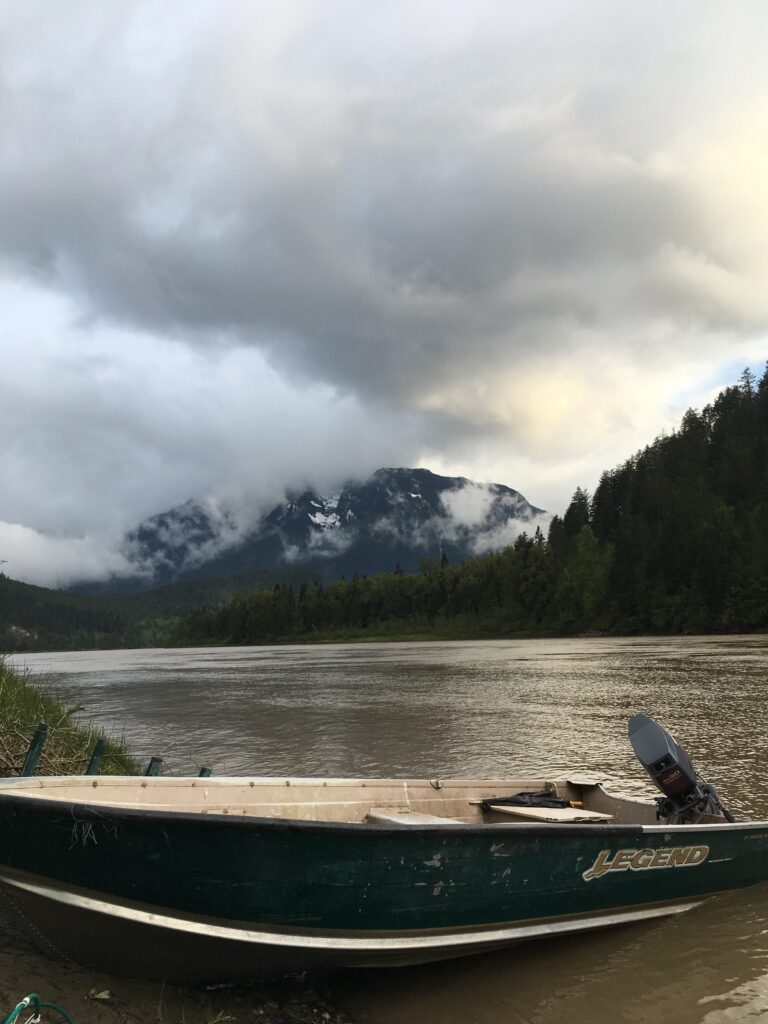In this case the Ontario Superior Court of Justice decided an action for a declaration that a stretch of the lakeshore on the Saugeen Peninsula known as Sauble Beach was part of a reserve of the Chippewas of Saugeen First Nation.
In 1854, the Crown made Treaty 72 with the Chippewas of Saugeen and Nawash. Under the terms of the treaty, the Saugeen and Nawash surrendered the Saugeen Peninsula except for five territories to be reserved for them. In 1856, Charles Rankin surveyed one of those reserves, IR 29, which was to be set apart for the Saugeen. Rankin marked the north boundary of IR 29 about 1.4 miles south of where the treaty indicated that boundary was to be, excluding a strip of land about 30 metres wide now known as the north half of Sauble Beach (west of Lakeshore Boulevard). That land was later purchased by private parties. Attached to this memo is a figure depicting the location of the claim area.

Photo credit: Gordon Lyall
The Saugeen brought an action against Canada, Ontario, the Town of South Bruce Peninsula, and the private landowners of the disputed lands, seeking a declaration that the Saugeen are entitled to exclusive possession of the land as reserve land. Canada largely agreed with the Saugeen’s positions. Ontario, the town, and the landowners denied the claim, asserting that the existing boundary was correct and, in the alternative, that Canada was solely liable to the Saugeen. Ontario also asserted that, if the land is reserve land, the public has a right to use it for recreational purposes.

Photo credit: Doane Gregory
The court agreed with the Saugeen, holding that:
- Rankin set the corner in the wrong location. The disputed land was and is Saugeen reserve land, and there is no public right of access to the land.
- The Crown patents of the disputed land did not extinguish Saugeen’s treaty right to the land because they did not demonstrate a clear and plain intention to do so.
- The landowners could not rely on the doctrine under which a bona fide purchaser of a legal interest of land who pays value for the land without notice of a prior equitable interest in the land is not affected by the prior interest. While one purchaser met the elements of the doctrine, the doctrine is a discretionary one and should not be applied because Saugeen’s connection to the land as part of its cultural identity outweigh the interests of the landowners.
- The Ontario Limitations Act did not bar the claim because the ten-year limitation period for actions for recovery of land does not apply to a claim for recovery of reserve land. This provision was not intended to apply to breach of treaty claims and, even if it was, it would be ineffective because its application would extinguish a constitutionally protected treaty right.
The court declared the disputed land to be part of IR 29 and that no third parties have any interest in the land. At the end of the judgment, the court expressed a willingness to consider granting the current individual owners of the disputed land a life interest in their lots and requested additional submissions on this issue.
Update: In a ruling released on June 30, 2023 (2023 ONSC 3928), the court held that it could not grant a life interest in the claim lands because the court had no jurisdiction to grant an interest in reserve land due to the application of the Indian Act, which strictly limits the acquisition of an interest in a reserve by a non-member of the Band.
This case summary provides our general comments on the case discussed and should not be relied on as legal advice. If you have any questions about this case or any similar issue, please contact any of our lawyers.
See CanLII for the Reasons for Judgement.